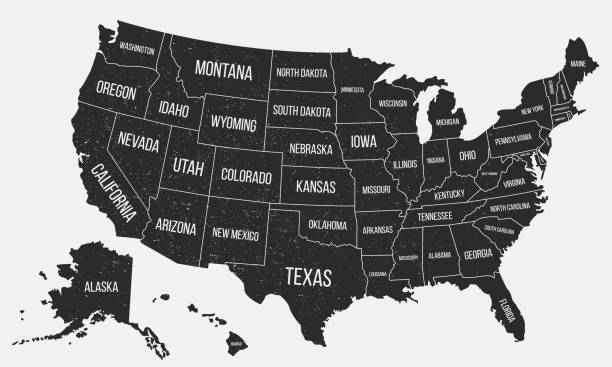When and How Do Americans Think Bystanders Should Intervene?

A new study looked into WHEN and HOW Americans decide to intervene in bad situations. (And these were SERIOUS situations . . . not just when someone gets the cilantro out of the fridge.)
They came up with 10 scenarios, and gave people FOUR options for how they might hypothetically react: Physically intervening . . . verbally intervening . . . calling 911 . . . or doing nothing.
A PHYSICAL intervention was popular in THREE scenarios: A man making sexual advances towards a very drunk woman . . . a person violently kicking or abusing a dog . . . and a man hitting his female partner.
A VERBAL intervention was a common response in TWO situations: A police officer inflicting unnecessary pain on someone they’re arresting . . . and a person yelling racial slurs at someone who’s a racial minority.
Calling 911 was the way a lot of people would handle these THREE scenarios: A person who’s homeless and who may need medical help . . . a person standing on the ledge of a bridge seemingly contemplating suicide . . . and a person who appears to be very intoxicated getting into a car to drive.
Most people say they’d do NOTHING in TWO situations: A loud confrontation between a business and a customer over MASKING . . . and a parent slapping their young child who is misbehaving.
In all of the 10 situations, women are more likely than men to say the situation warranted some form of intervention. Women are especially more likely than men to say that the situations warrant a 911 call.
Of all the situations, the most people would intervene in some way if they thought someone was contemplating suicide.
The least people would step in to an argument over masking. (Which, let’s be honest, doesn’t rise to the level of the rest of these scenarios.)
(You can browse the full report, here.)



